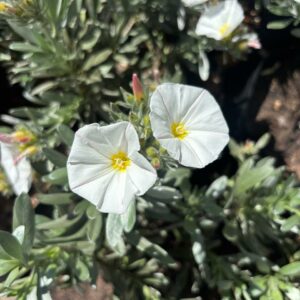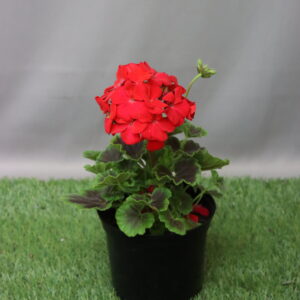Fantastic Fuchsias
Fuchsias add an extra touch of glamour to any garden, and they’re ideally suited to growing along the border of partially shaded garden beds. With their ballerina-shaped flowers, these attractive shrubs are available in a wide range of shades, from delicate pastels to striking purple and red varieties.
Want to grow your own fuchsias?
Fuchsias grow best in well-draining soil in dappled or partial shade and should be planted in areas sheltered from the wind. They will also grow well in containers, provided that you ensure they drain well by placing large stones at the pot’s base.
When planting fuchsias, prepare the soil beforehand by mixing a generous amount of compost and superphosphate. Dig a hole big enough to accommodate the plant and carefully remove the fuchsia from its container, ensuring not to damage the roots. Place in the hole, firm in place, and water well.
Fuchsias are hungry feeders and should be fed once a month until the growth starts to die back (usually around March). At the beginning of the growth season (September), they should be fed a high nitrogen fertilizer like 3:2:1. Once the plant starts to bloom, feed it with a high potassium feed like 3:1:5 to encourage good flower development.
Fuchsias should be watered frequently in dry weather, but ensure that the soil does not become soggy as they do not like wet feet. Always water early in the morning (and not late at night), as fuchsias are prone to developing fungal diseases if they remain wet overnight.
Did you know?
There are two main types of fuchsias: bush and trailing varieties. Easy-to-grow bush varieties include Snowcap, Beacon, and Winston Churchill. For hassle-free trailing varieties, try Merry Mary, RAF, and La Campanella.





